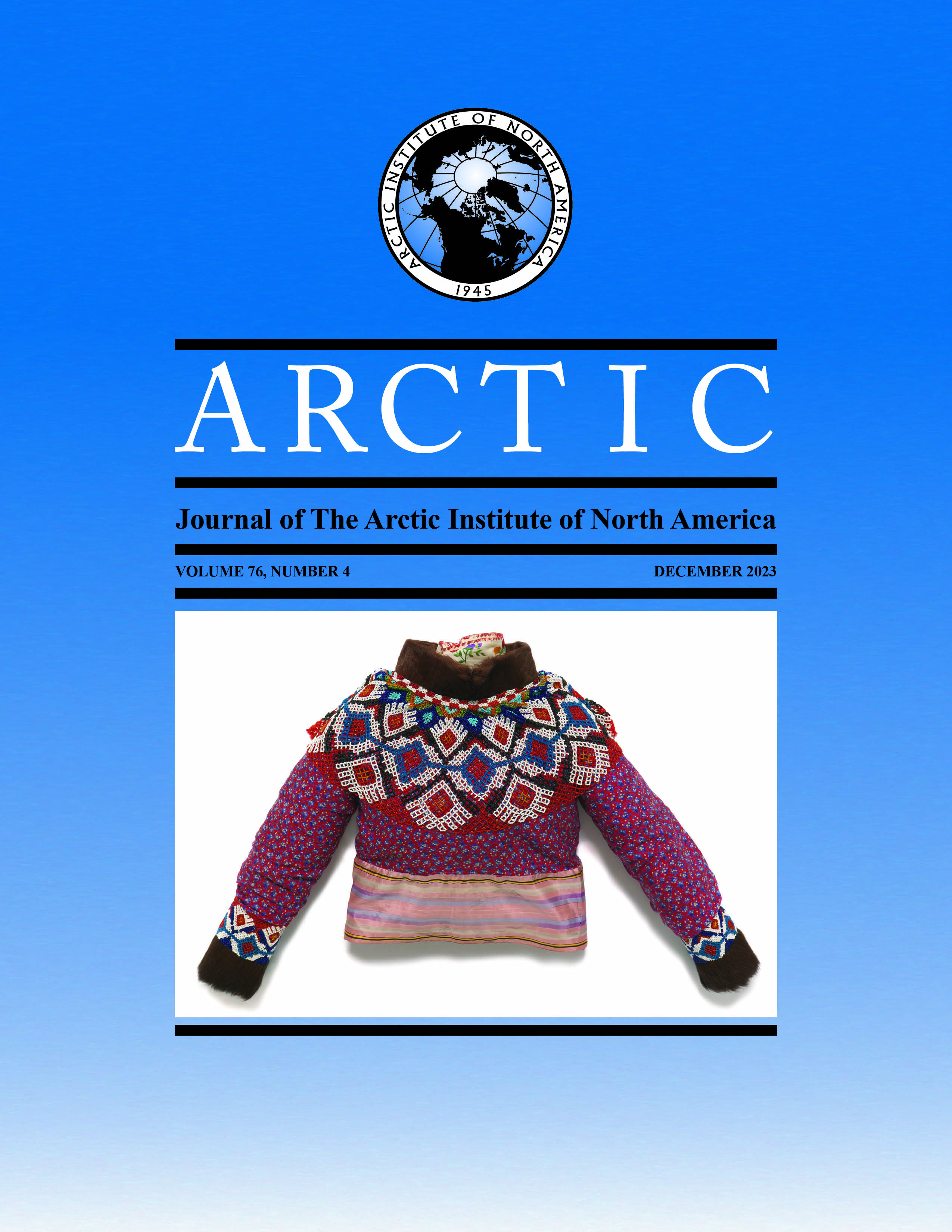Unstitching the Past: An Experimental and Microwear Investigation of Dorset (Paleo-Inuit) Needles from the Foxe Basin Region
DOI:
https://doi.org/10.14430/arctic79001Keywords:
Dorset Paleo-Inuit; microwear analysis; experimental archaeology; needles; organic material culture; ethnographic collaboration, Dorset Paleo-Inuit; microwear analysis; experimental archaeology; needles; organic material culture; ethnographic collaborationAbstract
For Paleo-Inuit cultures, needles are arguably one of the most important artefact types, as they were used to create warm, waterproof clothing that is essential for survival in Arctic environments. This, in combination with the prevalence of needles within archaeological collections, has prompted many researchers to the topic of Paleo-Inuit needles. However, the majority of their studies have approached the material using traditional, typological methodology. A pilot study conducted by Siebrecht et al. (2021) demonstrated that, while needles from several Dorset Paleo-Inuit culture (c. 800 – 1300 AD) sites in the Foxe Basin region were previously considered as typologically identical, microwear analysis highlighted variation in how they would have been made and used over time and across sites. The pilot study also noted variation, across sites, in certain typological attributes, such as needle eye shape, distal end shape, and cross-section shape. The present study aims to expand on these discoveries by considering possible reasons for variability in the attribute of needle cross-section shape. Methodologically, we use microwear analysis, experimental archaeology, and ethnographic collaboration. With this approach, we were able to explore Dorset needle making and sewing practices in more detail than has been possible in prvevious, purely typology-focused studies. Our results showed no observable pattern between cross-section shape and the material being sewn but may reveal links between needle size and the material being sewn, a correlation in different polish types and the duration of needle use, as well as insights into the possible sewing techniques used by Dorset groups. Our study thus offers a fresh perspective on this topic and points to new directions for this area of Arctic archaeological research.
Downloads
Downloads
Published
Issue
Section
License
Copyright (c) 2024 ARCTIC

This work is licensed under a Creative Commons Attribution 4.0 International License.


